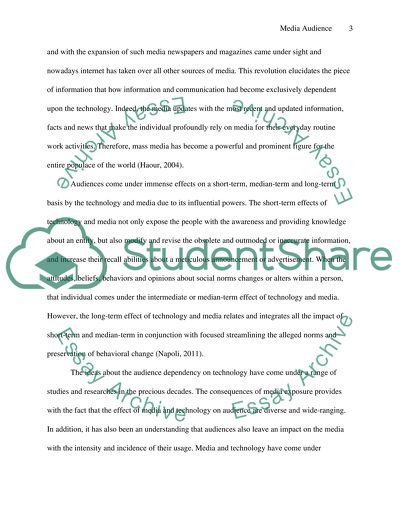Cite this document
(“Media Audiences Essay Example | Topics and Well Written Essays - 3000 words”, n.d.)
Retrieved from https://studentshare.org/journalism-communication/1395271-media-audiences
Retrieved from https://studentshare.org/journalism-communication/1395271-media-audiences
(Media Audiences Essay Example | Topics and Well Written Essays - 3000 Words)
https://studentshare.org/journalism-communication/1395271-media-audiences.
https://studentshare.org/journalism-communication/1395271-media-audiences.
“Media Audiences Essay Example | Topics and Well Written Essays - 3000 Words”, n.d. https://studentshare.org/journalism-communication/1395271-media-audiences.


